How to breed Ji Hongxiaosong
Last Update :2024.05.09
Article Catalog
3. Problem diagnosis and treatment
It is also called "Little Pine Wave" and is a small shrub plant. Native to South Africa. The plant height is between fifteen and twenty centimeters, and the plant width is about twenty centimeters. Its stem is very thick and has many branches. The leaves are also fleshy, spindle-shaped, between one and two centimeters in length, and light green in color. It blooms in summer.
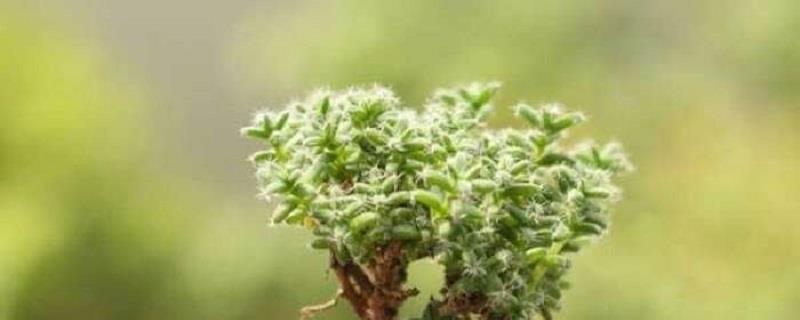
1. Maintenance methods
1. Maintenance methods
1. Temperature: A warm environment is more suitable for it, generally between 15 and 28 degrees. In summer, try not to let it stay in a hotter environment and increase ventilation. In the cold winter, try to keep the temperature above ten degrees.
2. Light: It likes sunlight. Astigmatism is more suitable for it because it is also afraid of very strong light. Generally speaking, if it is indoors, just place it in a place with the best light. If it is maintained outdoors, you need to block very strong light to prevent its leaves from being burned.

3. Watering: Because the roots of Jihongxiaosong are It's fleshy, so don't water it too much, otherwise its roots will rot easily. Generally speaking, keeping it semi-humid is most appropriate. It can be done once every three or four days in spring and autumn, twice a day in summer, and once a week to ten days in winter. Don't water at noon.
4. Fertilization: It can only be used from spring to autumn. Generally, it is used once a week to ten days. Decomposed fertilizer can be used, but the concentration should not be too high.
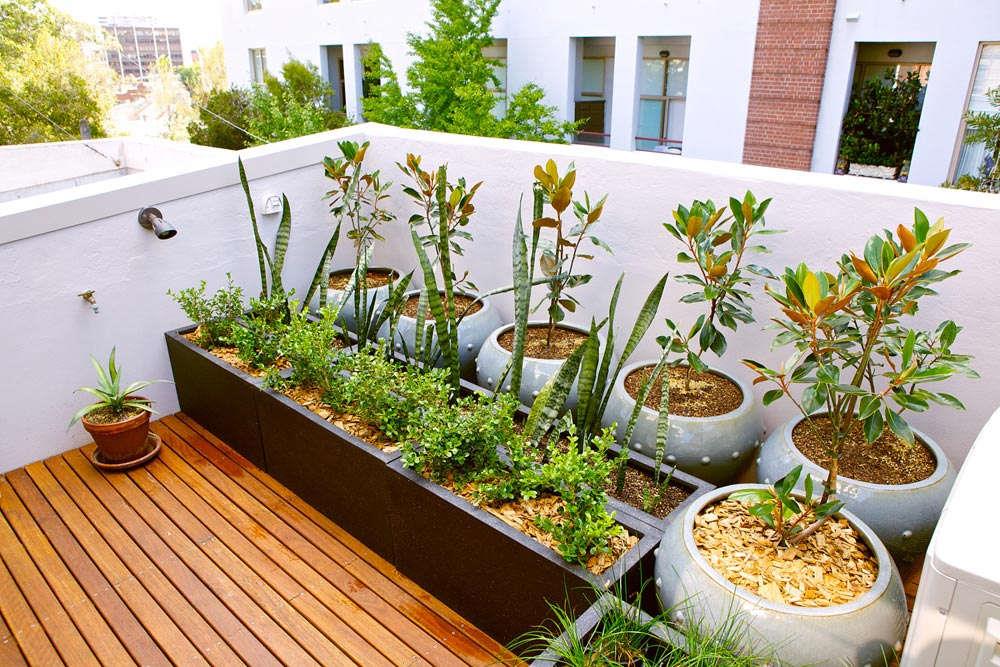
2. Breeding skills
1 , Propagation: Propagation by cuttings is often used. Select those branches with a length between two and three centimeters and cut them as materials. Then use perlite as the cutting substrate. Then insert it into a bottle with water. Keep the temperature suitable for its growth and give it a certain amount of scattered light. It will take root in about a week.
2. Pruning: It will grow very vigorously, so it needs to be pruned regularly. Generally speaking, branches that are too long need to be shortened. For branches and leaves that are too dense and affect light transmission, part of them can be cut off. If it is placed as a potted plant at home for viewing, the shape needs to be repaired.
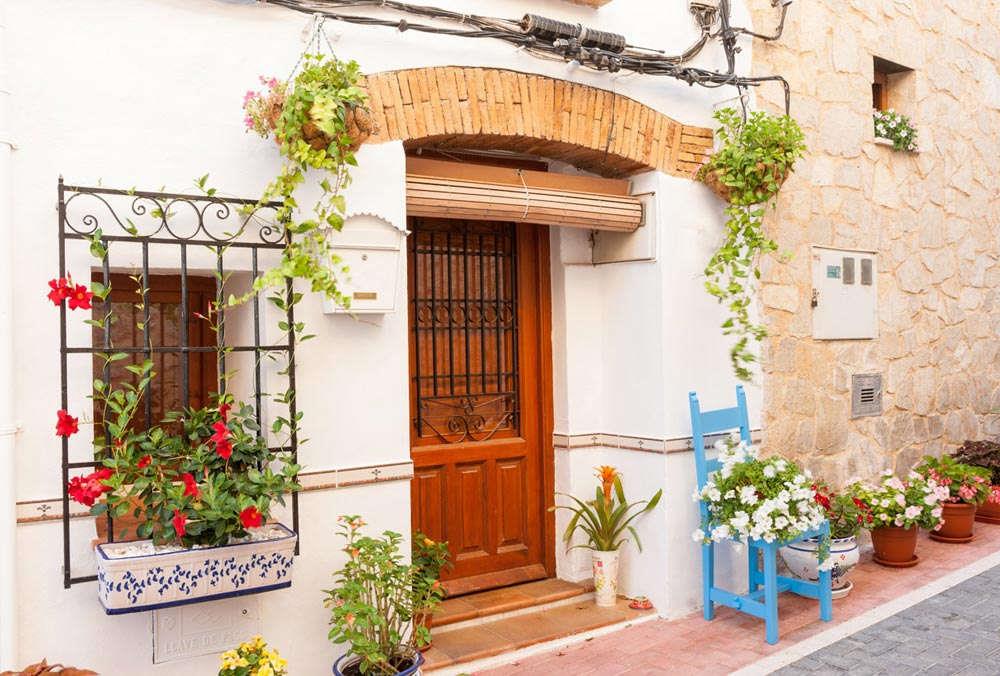
3. Problem diagnosis and treatment
1 , Diseases: mainly diseases that mainly harm leaves, such as "leaf spot", "powdery mildew", etc. It is more likely to appear in hot and muggy conditions and can be prevented and controlled by spraying in time.
2. Insect pests: The common ones are "red spiders" and the like. In addition to eliminating the adult insects, it is best to disinfect the soil to eliminate all the eggs inside.
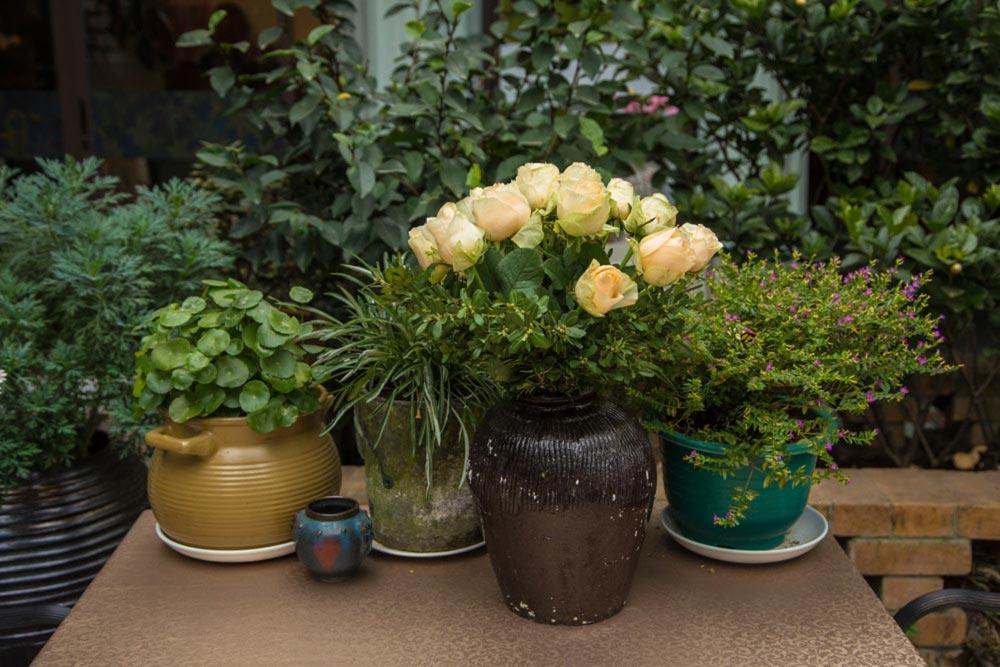
IV. Other questions
1 , Toxicity: It is also a type of succulent, it is not poisonous.
2. Whether it can be raised at home: It is very suitable. It is relatively small and highly ornamental, so it is very suitable as a decoration.
2. Breeding skills
3. Problem diagnosis and treatment
4. Other issues
- END -
How to grow dragon fruit at home and at what temperature will it freeze?

When growing dragon fruit at home, you should use a flower pot with drainage holes...
Tokyo cherry blossom cultivation methods and precautions
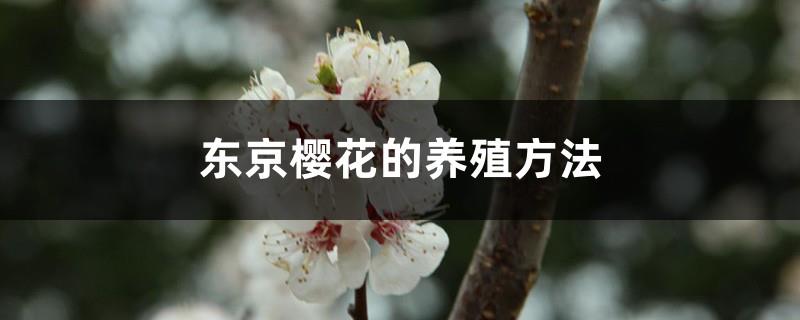
Soil: The root system of Tokyo Sakura grows relatively shallowly, and loose, thick...